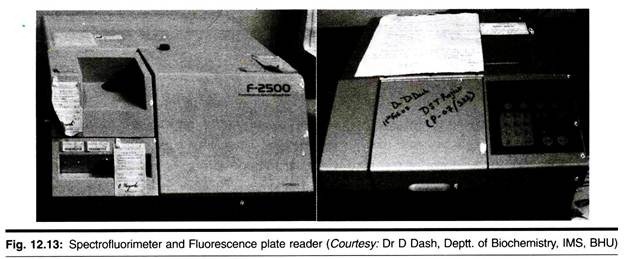Many kinds of xenobiotics (Gk. xenos = foreign) occur in the waste effluents produced by the manufacture and consumption of all the commonly used synthetic products.
Xenobiotics that are released into the environment on a large scale are numerous different halogenated aliphatic and aromatic compounds, nitro-aromatics, phthalate esters, and polycyclic aromatic hydrocarbons.
These compounds enter the environment as components of pesticides, fertilizers, and herbicides. Many toxic xenobiotics are progressively more concentrated in each link of a food chain, a process called bio-magnification (Fig. 9.3). Microbial degradation of xenobiotics has been thoroughly studied.
Microbial degradation of xenobiotics has been thoroughly studied.
However, the term ‘biodegradation’ is widely used for:
(i) Primary degradation, in which the characteristic property of the original compound is disappeared;
(ii) Environmentally acceptable biodegradation, in which the minimum alteration of the parent compound necessary to remove properties occurs; and
(iii) Ultimate biodegradation, which involves the complete conversion of the parent compound to the inorganic end- products associated with the microorganism’s normal metabolic processes.
However, many microorganisms capable of degrading unusual compounds have been isolated and tested. Detoxification of pollutants may involve as little as a single modification of structure to render a potentially hazardous chemical innocuous. The fate of xenobiotic compounds will depend upon many interacting factors, both extrinsic (pH photo-oxidation, weathering) and intrinsic (water solubility, stability, molecular size and charge, volatility).
The transformation of a xenobiotic compound that is available to the microbial community is determined by its entry into the cell and the degree of structural analogy between the synthetic compound and the natural compound for which the bio-degradative mechanism exists. Fortuitous metabolism and co-metabolism play important roles in the removal of xenobiotic compounds from the environment.
Gratuitous biodegradation occurs when an enzyme is able to transform a compound other than its natural substrate. It is done only when the unnatural substrate is able to bind to the active site of the enzyme in such a manner that the enzyme can exert its catalytic activity.
Many bacteria and fungi produce enzymes that are able to act on a wide range of organic compounds. Co-metabolism is the ability of an organism to transform a non-growth substrate as long as a growth substrate or other transformable compound is also present. A non-growth substrate is one that cannot serve as the sole source of carbon and energy for a pure culture of a bacterium and hence cannot support cell division.